
APIs have come and gone across the entire tableau of Java: JavaME is pretty much dead now that BlackBerry has abandoned it; JSF is (slowly) replacing JSP in parts of Enterprise Java; and Spring continues to expand its reach.
Many people seem to think that “desktop Java” is dead or even that “Java is dying,” but it is definitely not rolling over yet; Swing, JavaFX, Java Enterprise, and (despite a major lawsuit by Oracle) Android are keeping the Java language very much alive. Additionally, a renewed interest in other “JVM languages” such as Groovy, JRuby, Jython, Scala, and Clojure is keeping the platform in the forefront of the development world.
Indeed, the main challenge in preparing this third edition has been narrowing down the popular APIs, keeping my own excitement and biases in check, to make a book that will fit into the size constraints established by the O’Reilly Cookbook series and my own previous editions. The book has to remain around 900 pages in length, and it certainly would not were I to try to fit in “all that glistens.”
I’ve also removed certain APIs that were in the previous editions. Most notable is the chapter on serial and parallel ports (pared down to one recipe in Chapter 10); computers generally don’t ship with these anymore, and hardly anybody is using them: the main attention has moved to USB, and there doesn’t seem to be a standard API for Java yet (nor, frankly, much real interest among developers).
Скачать книгу можно бесплатно по данной ссылке: Скачать


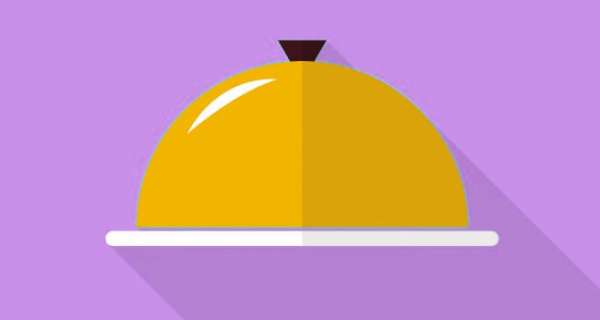
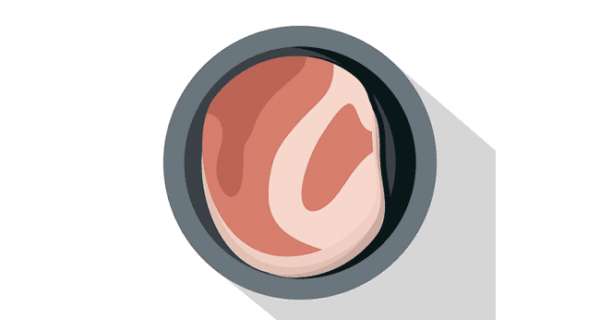





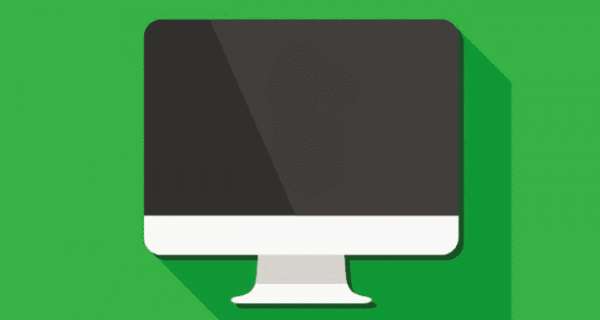

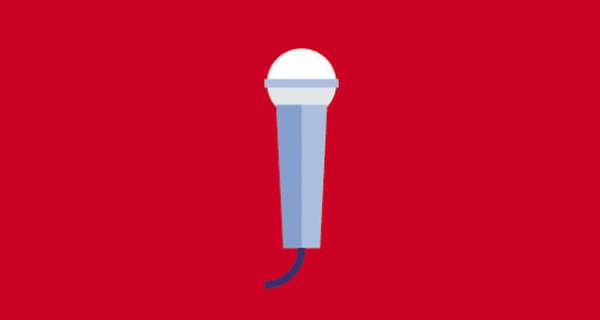




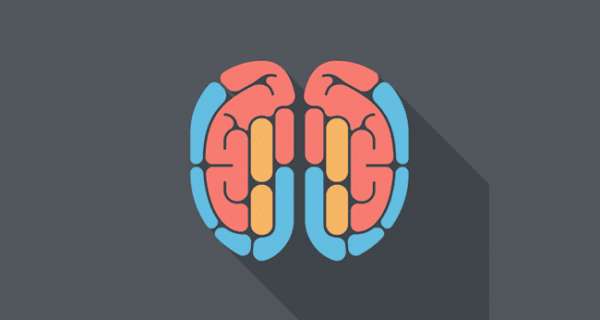








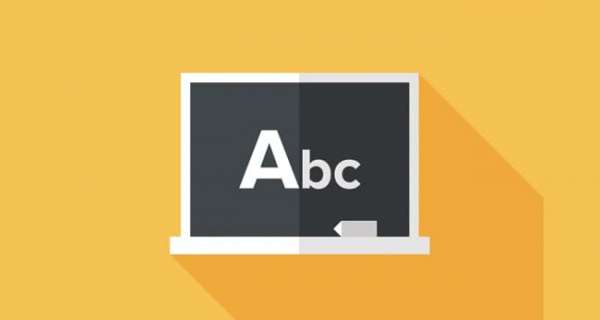



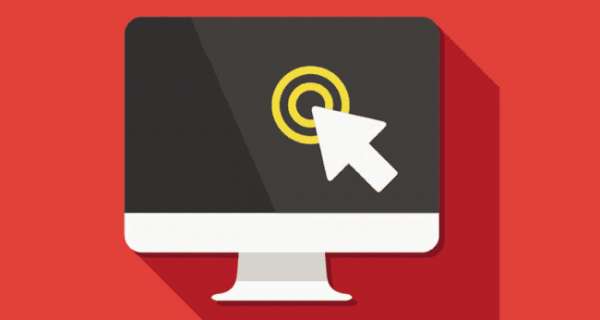


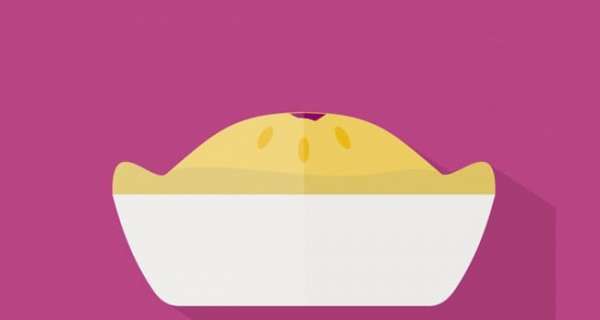
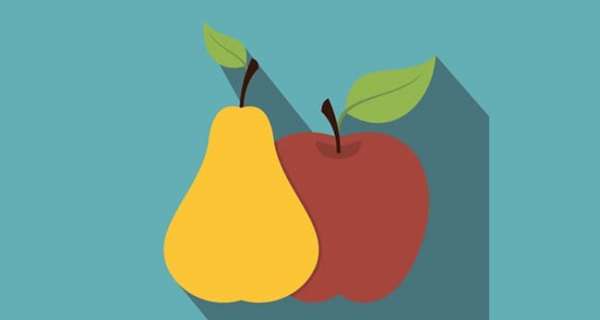


0 Комментарии